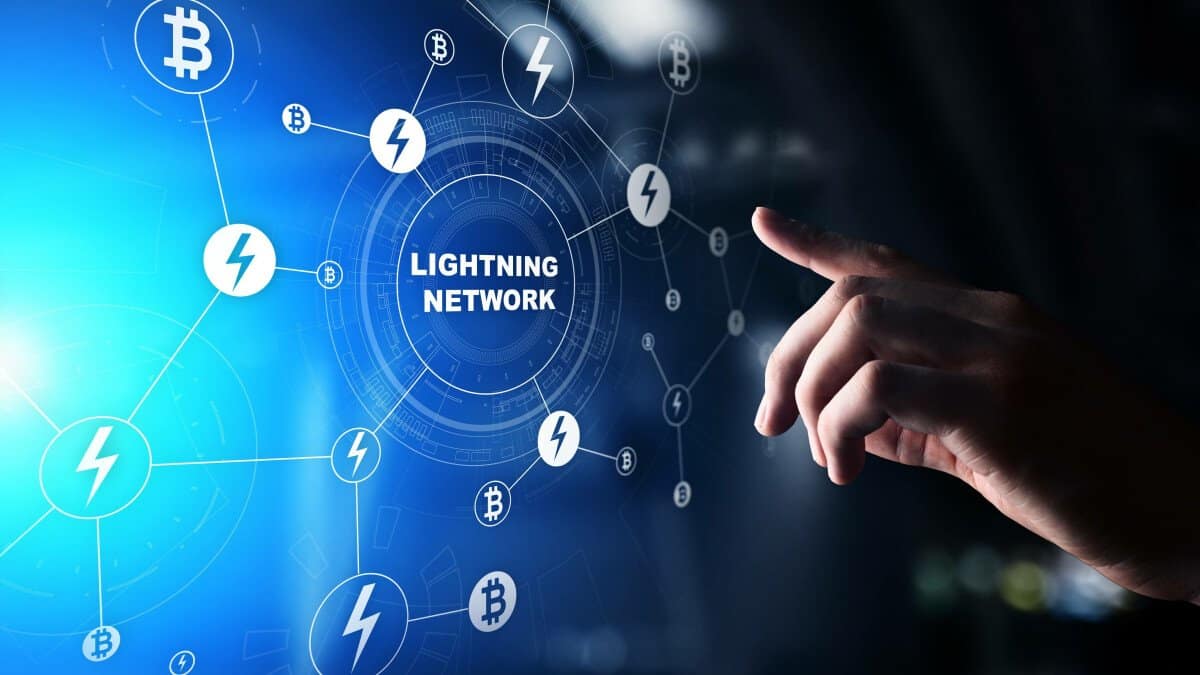The Lightning Network is a solution that addresses Bitcoin’s scalability challenge, allowing it to compete with newer cryptocurrency projects promising faster and more cost-effective transactions. Coinbase, a cryptocurrency exchange, has officially confirmed its decision to incorporate the Lightning Network’s layer 2 payment protocol. This move comes as users increasingly seek faster and cheaper BTC transactions.
Bitcoin Lightning Network Integration
The Lightning Network (LN) was designed to tackle BTC’s scalability issues and compete with newer cryptocurrencies offering swifter and more economical transactions. Until recently, major cryptocurrency exchanges such as Coinbase and Binance had shown no interest in adopting this layer 2 solution. Many community members argued that integrating LN offered limited financial incentives to exchanges.
Contrary to the prevailing viewpoint, Brian Armstrong, the CEO of Coinbase, has affirmed the exchange’s choice to incorporate the Lightning Network. This determination follows a month of investigation by Viktor Bunin, a Protocol Specialist at Coinbase, into the practicality of integrating the Lightning Network. Over this period, notable figures in the crypto world, including Michael Saylor, the founder of MicroStrategy, and Jack Dorsey, the CEO of Square, openly raised doubts about Armstrong’s stance on the Lightning Network. Subsequent to Armstrong’s announcement, the cryptocurrency community celebrated this decision, as Coinbase’s integration of the Lightning Network will enable a broader audience to experience cost-effective and efficient microtransactions with Bitcoin.
Binance made an announcement on July 17, confirming the successful integration of the Lightning Network for BTC withdrawals and deposits. Binance users now have the choice to select “LIGHTNING” as an option when withdrawing or depositing BTC. Additional options available include BNB Smart Chain (BEP-20), BTC, BNB Beacon Chain (BEP2), BTC (SegWit), and Ethereum ERC-20.

